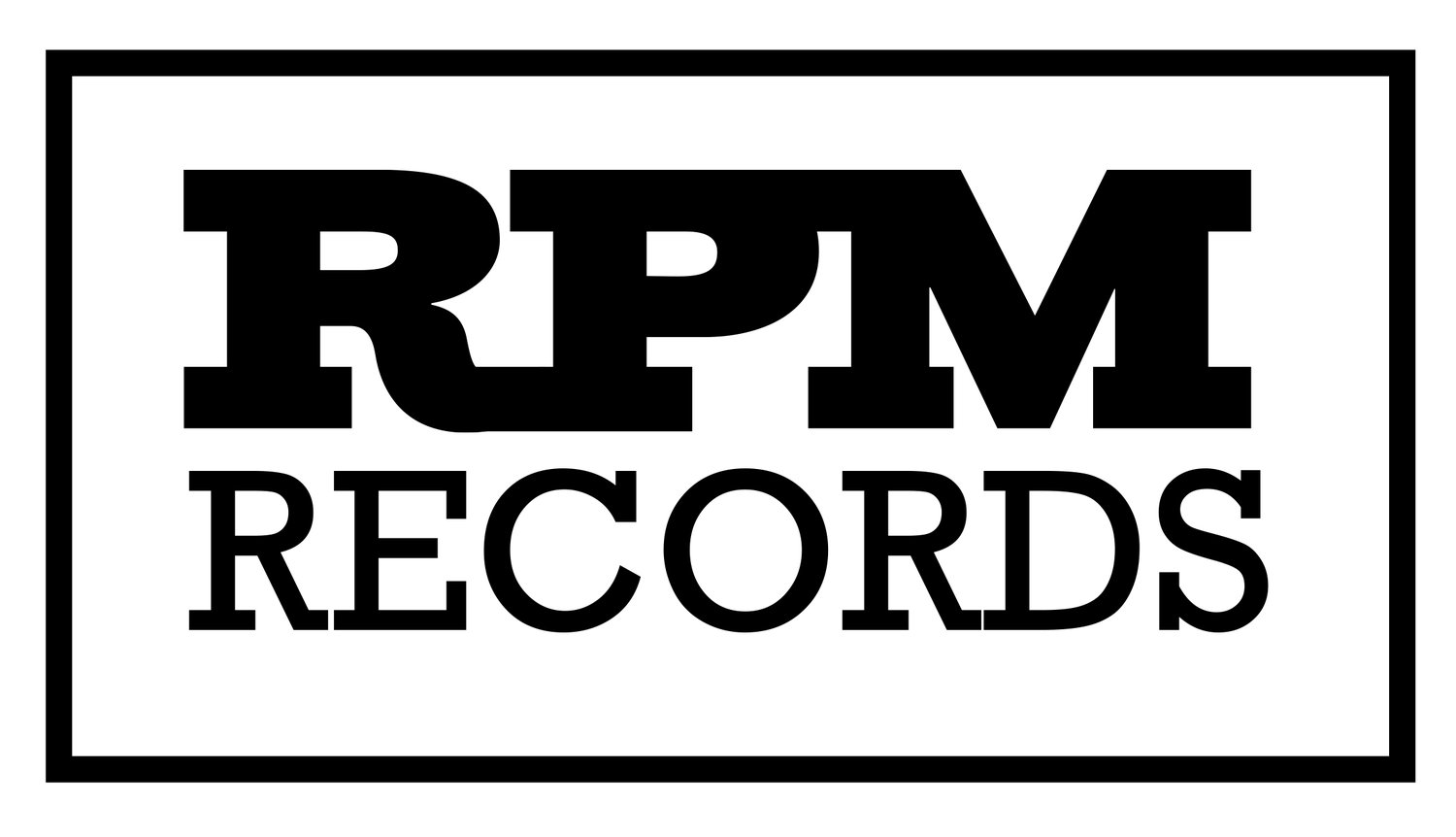Pat Boy: Mayan Rap is Bringing the Culture Back
/All over the globe, Indigenous MCs and hip-hop artists are using the furious force of rhymes to express, represent and revitalize their original languages and cultures. And Mayan MCs, like 22-year-old Pat Boy, are no exception.
For Pat Boy and other artists building the burgeoning Mayan hip-hop scene in the Yucatán Peninsula, rap is a way to bring Indigenous language and culture to a wider audience and for Mayan artists to recover a deeper sense of their own indigeneity. "Through rapping in Maya," Pat Boy says, "I better understand my culture".
The Indigenous music renaissance is making it not only acceptable, but cool for native artists to represent themselves and their culture — and the resurgent wave is spreading beyond Turtle Island. By Pat Boy's count, at least 40 rappers are following in his footsteps—and people of all ages are coming to his shows. As he stated in a recent interview, "Old people like it for the language. Young people like it for the genre."
Rap keeps bringing it back. "Interviews tell us that 'the Maya collapsed'", he says, "which is a lie because the Mayans are here, just evolved and doing new things".
To get a better sense of where he's coming from and why is music is resonating so deeply with his audience and fellow Natives, we did a quick google translate of a Spanish-language interview Pat Boy recently did with VICE Mexico (so excuse the crude algorithmic translation) where he talks about his introduction to hip-hop and how the community has responded to his music:
INTERVIEWER: Hi, Pat Boy, you come from a community where the Mayan language is spoken, what was your first introduction to hip-hop? Pat Boy: Yes, the Mayan language is the first thing you learn as a child, I am native of my native José María Pino Suárez. My first approach to hip-hop was thanks to my brother, as he traveled to complete his studies in Felipe Carrillo Puerto, and every time he returned to my village he had CDs and videos of singers like Kinto Sol, Akwid, Control Machete, Vico C and rappers from abroad like 50 Cent, Lil Jon, Cam'ron, Lil Wayne, etc.. From there we started rapping and writing our own songs, then bought a computer from the old ladies in which you could only record 60 seconds and so we started making our own rolas rapping in Spanish.
And where does the name Pat Boy come from? From the Pat out of my last name, which in Mayan means to shape something or create something new.
What did people in your community think when you told them you wanted to be a rapper? Many people laughed at me and made fun of what I was doing, said I had nothing to do, that I would not get anywhere, but at that time they had not heard what I sang. Now when I took my first album, titled In Ya'ax xin baal, my people began to identify with the phrases of a song called "U kuxtáal mayaoob" (Maya lives), which speaks of the current life of the campesinos.
With a legion of fans, and inspiring his fellow Natives to reclaim their culture, Pat Boy seems an appropriate ambassador for hip-hop as a revitalizing force:
my songs tell a little of everything, of me and what I see happening every day, how life changes in Mayan villages technology, pollution and acculturation. I talk about peasant life, how we have to get up early to go to work in the fields, go out and find other ways to live because the land no longer gives crops. I also sing about the holidays, customs of each people, always encouraging young people to do something positive. Tell them all we can achieve what ever we want and when we work and maintain humility, respect and peace. Anywhere you go you should not forget where you come from, your people and blood in your veins.
At 22, Pat Boy is already three albums deep, has multiple videos posted on his YouTube channel, and his SoundCloud is constantly being updated with new joints. We've highlighted the video for a feel-good crew track "DECIRTE TODO", which features El Maya & El Poeta & Victor Santo Barrio, and a recent Clipse-style minimalist rap track "PLASMANDO MIS RIMAS" that's available as a free download.
Hip-hop is the force, Indigenous experience is the spirit. And through both we keep revitalizing ourselves, one beat at a time.
DOWNLOAD: PAT BOY - "PLASMANDO MIS RIMAS"
WATCH: PAT BOY - "DECIRTE TODO"
WATCH PAT BOY INTERVIEW + FREESTYLE IN MAYAN:





